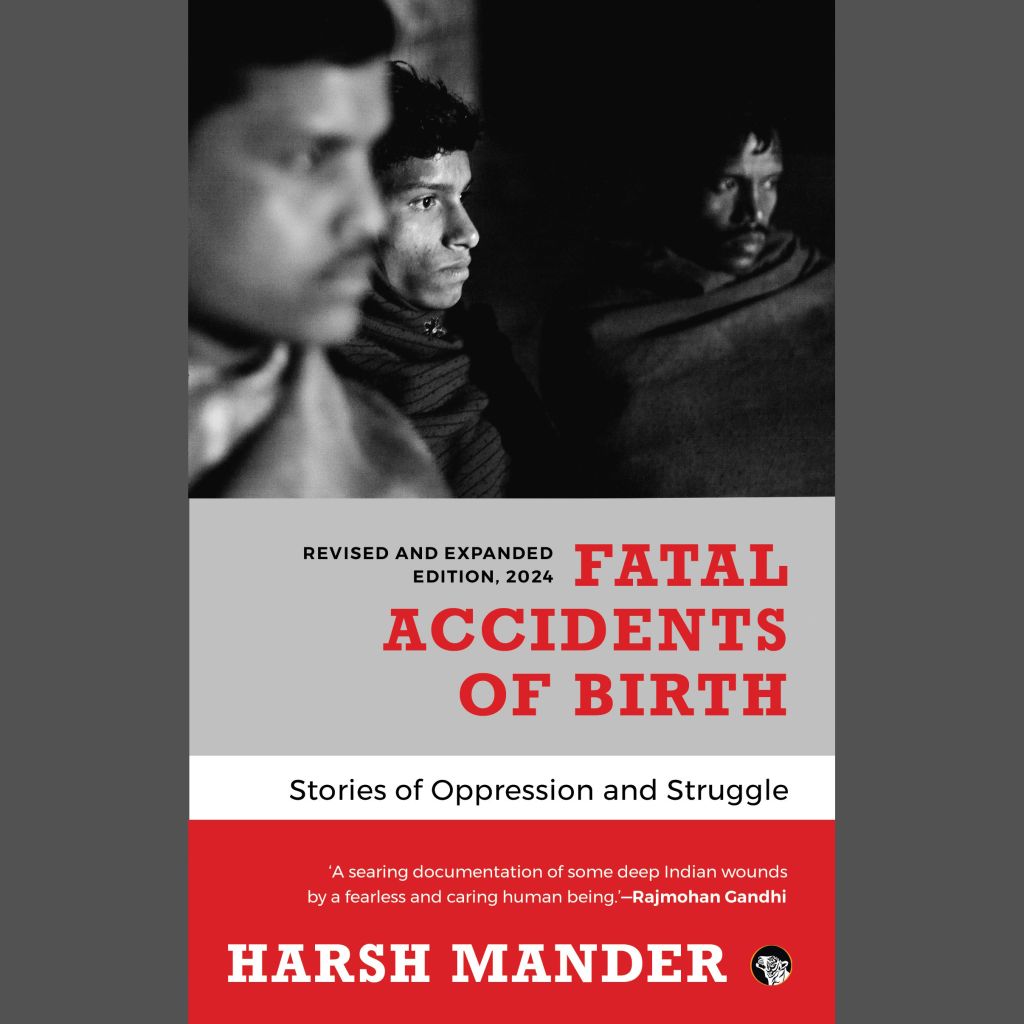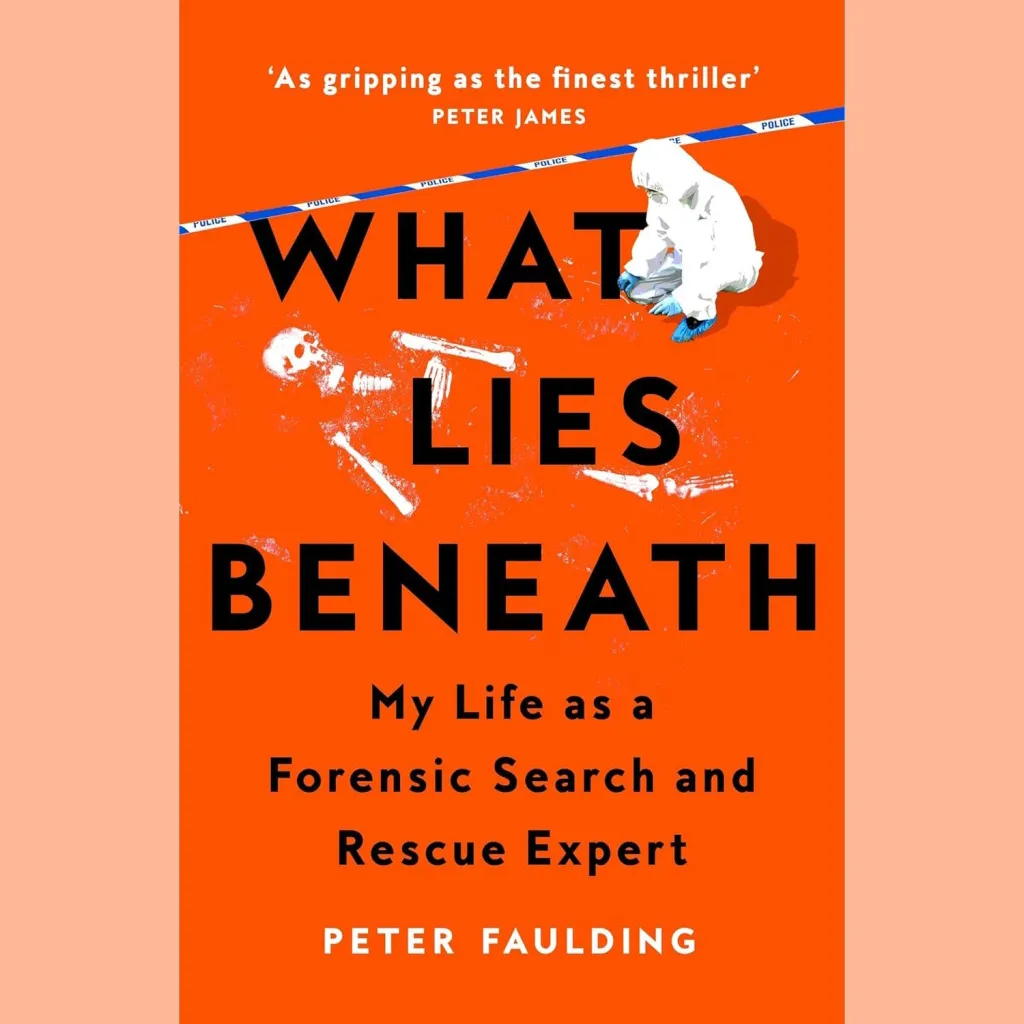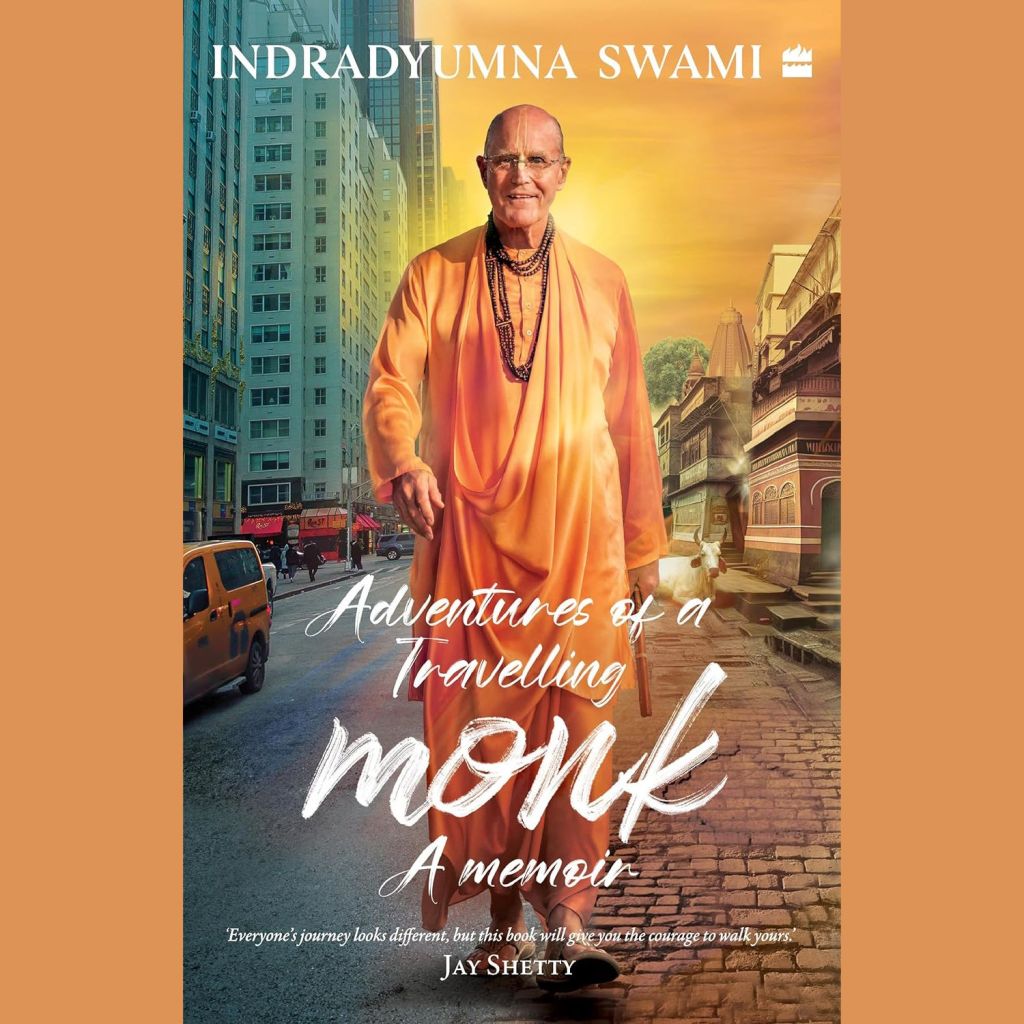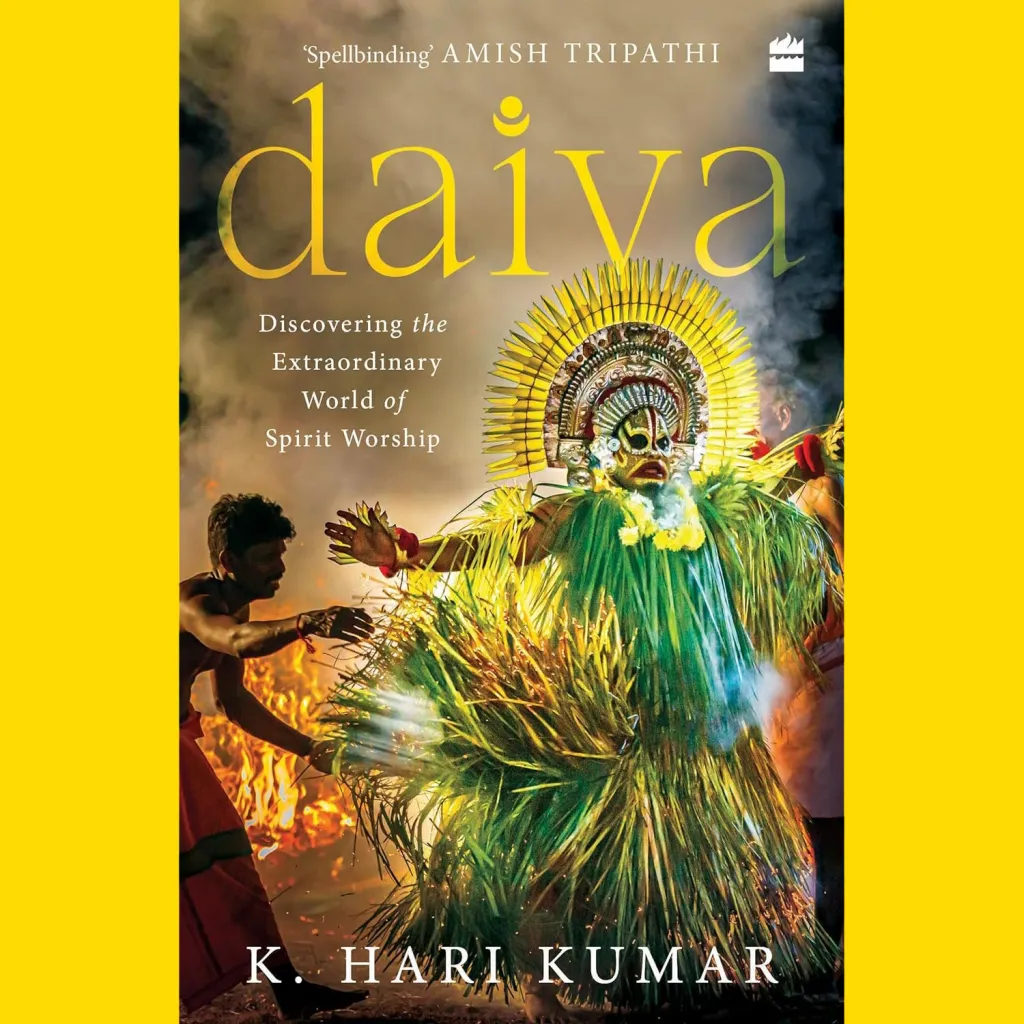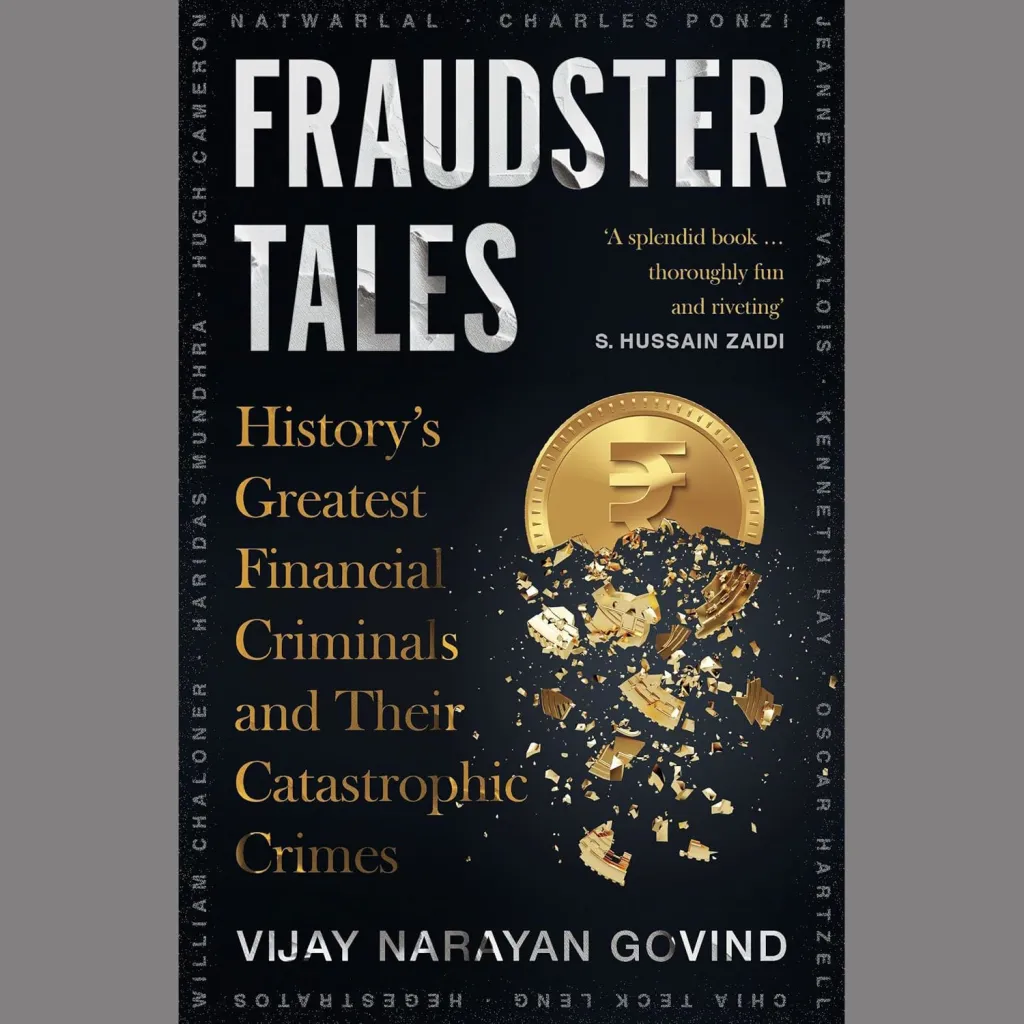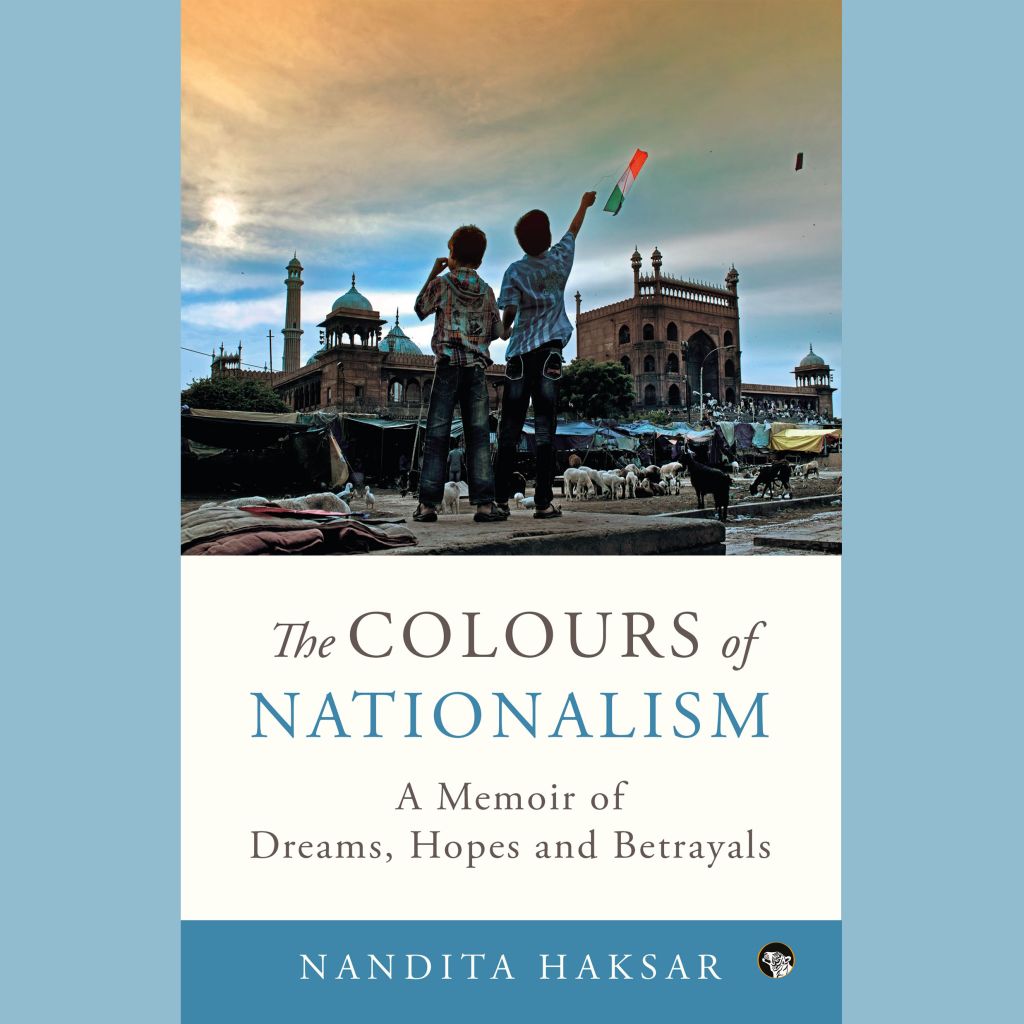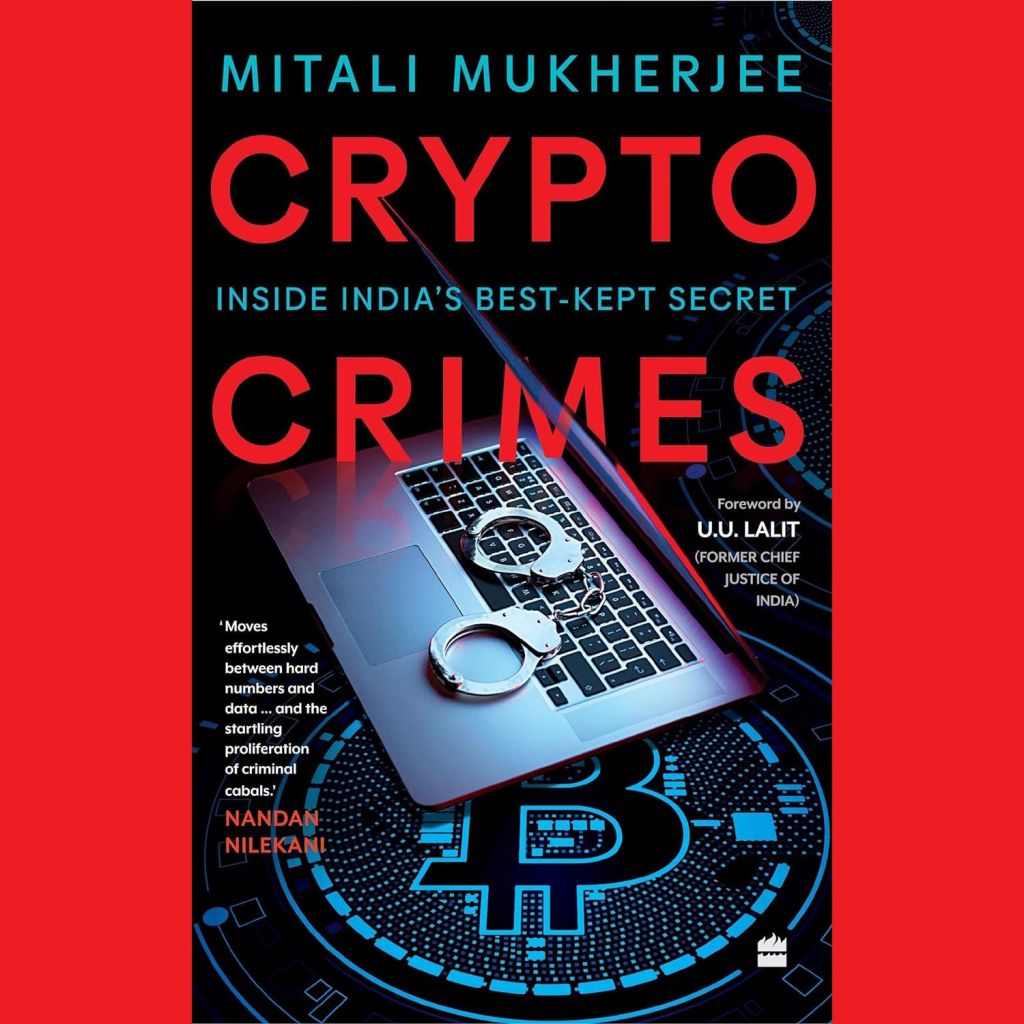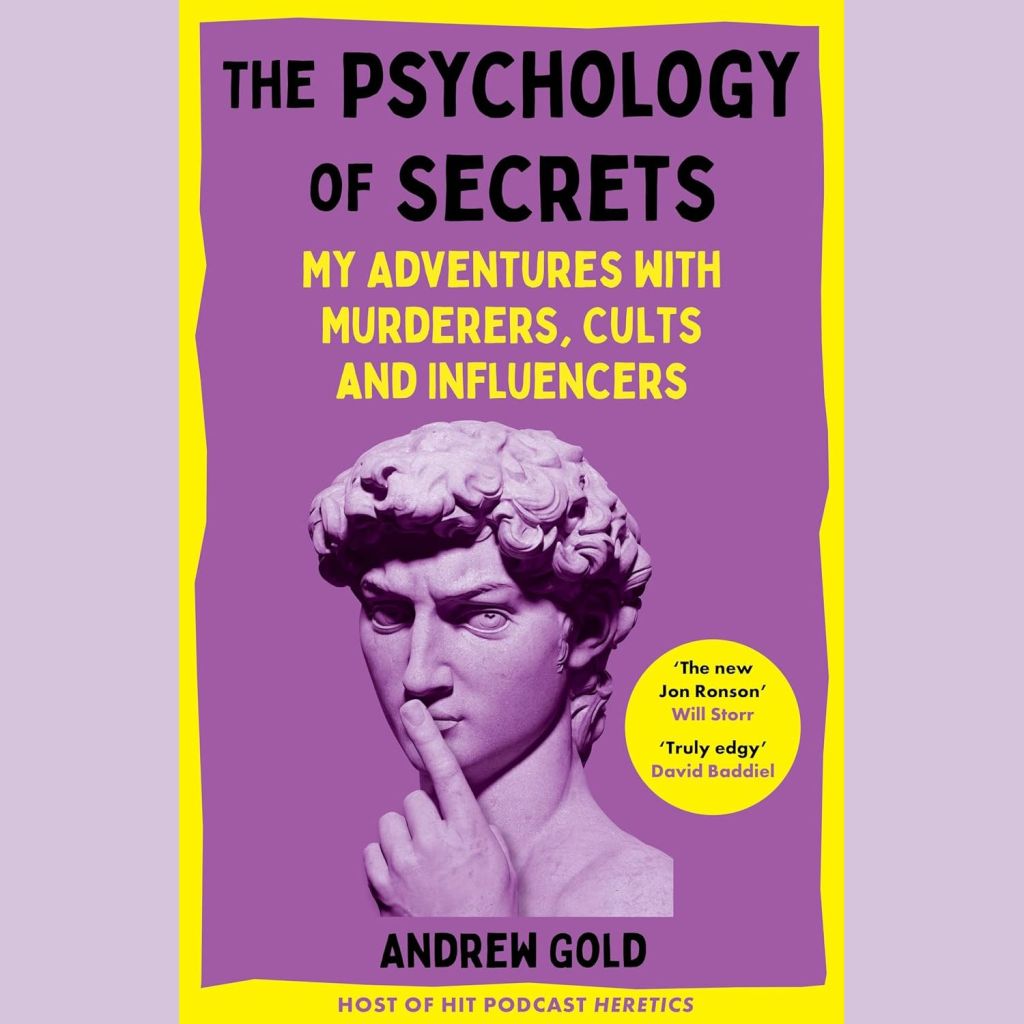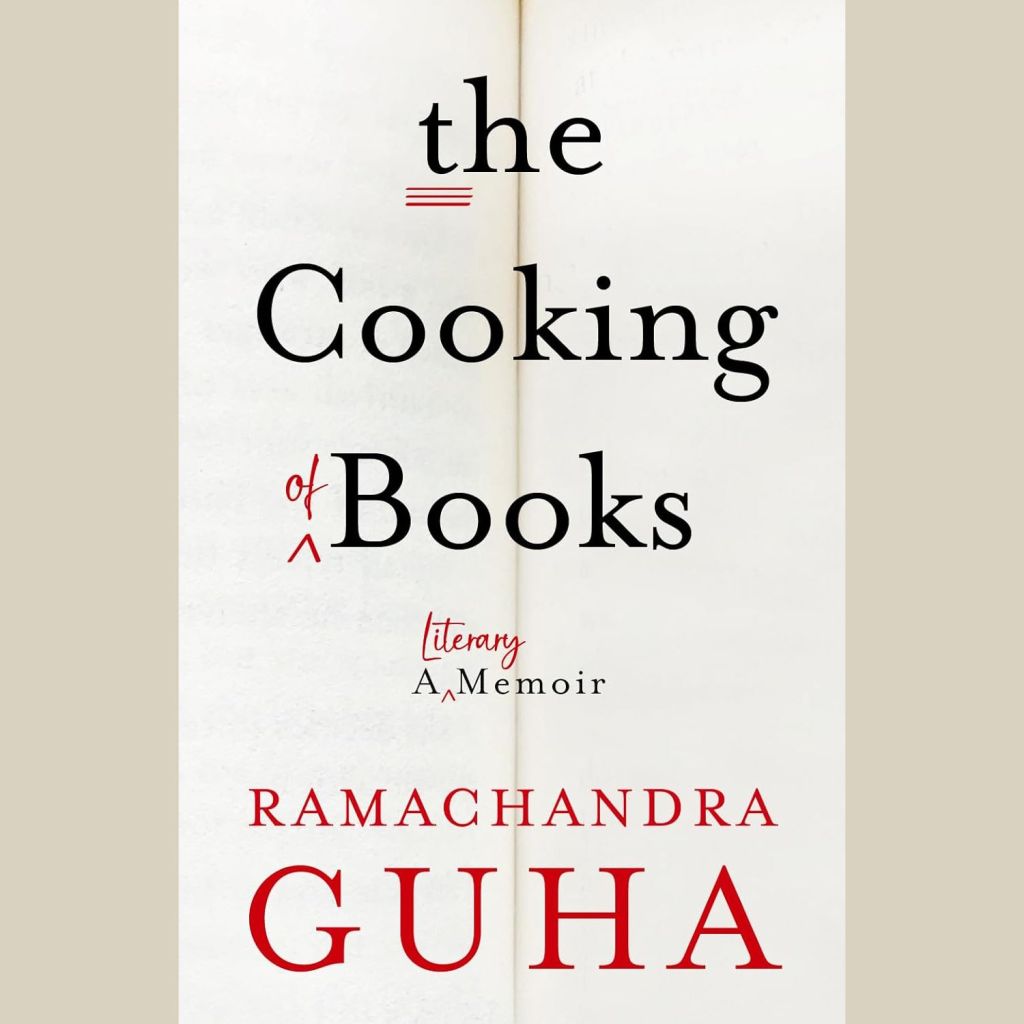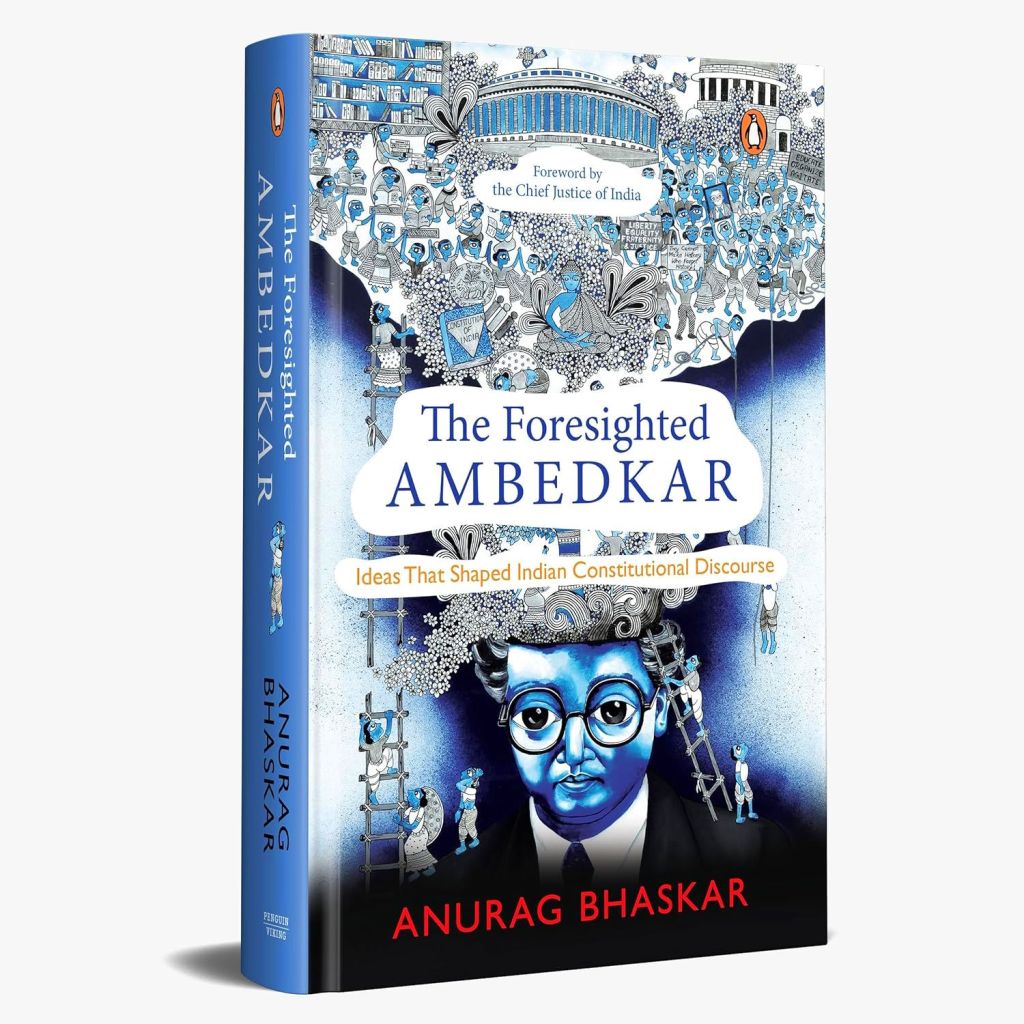Based in Mumbai, Gopal MS is an advertising professional (hence the ‘Slogan’ in ‘Slogan Murugan’) and also a street photographer who captures the vibrancy and diversity of Mumbai on his camera. Gopal has meticulously documented his photography on his websites – Mumbai Paused and Which Main? What Cross? He also creates digital photobooks and zines, showcasing stories from Mumbai’s streets, hoping that it contributes to a deeper understanding and appreciation of Mumbai and its people. We caught up with Gopal for a quick chat about his work as a street photographer, The Footpath Bookshop which he has set up, and some of his favourite books and authors.
Please tell us about your interest in street photography. What inspired you to get started with this and what was the primary motivation behind your decision to meticulously document your work, which you have done on your websites and in your e-zines?
It was digital cameras in the early 2000s that made photography affordable and got me interested in it. My wife, Kavita, gifted me a small camera that I carried in my pocket. I started capturing images from the streets that I passed by and soon had a collection of interesting shots. At the time, I was working for an ad agency in Bangalore, and blogs were all the rage. So, I started a blog called Which Main? What Cross? and began posting my images. Later, when I moved to Mumbai for work, I started a new blog called Mumbai Paused and continued my work there.
Thanks to the Internet, we can upload and share whatever we like. When I first started, I shared my images as soon as I took them, without any plans to document them. However, my blog took on a life of its own with a strong theme that evolved naturally.
I also move with the times and switch platforms. As Instagram became popular, I changed my blog name to match my handle, and I continue to tell city stories wherever the attention is.
I have always been a fan of digital means, and I have even created books for Kindle and zines that readers can purchase with just a click of a button. They are cheaper to produce and easier to share with a wider audience.
Your photographs depict stark slice-of-life realism, showing cities exactly the way they are – quirky, funny, grubby, sad, happy, crowded, desolate, difficult… we could go on and on. The photographs probably evoke a range of emotions in those who see your work. What is it, about sharing your work with others, that you find most satisfying?
Thank you! What I find most satisfying is sharing my work with the world. My images are out there on the World Wide Web for all to see. You could call me an Internet evangelist because I feel that sharing images and stories on our shared library or active brain called the Internet is fascinating. Some would call it collective memory, but for me, it’s more about the present that I am interested in. I think I am able to capture the ordinary things happening around us that we all see but often overlook.
Equally important to me is what I learn through this daily habit of photographing and sharing. Our cities are my teachers, and the diversity of people and experiences I encounter has made me fall in love with the beautiful region of the world we share – India. I believe it has made me a better person, and the people I meet online through this hobby are mind-expanding. Photography, especially documenting places and people, has made me more empathetic.
The most memorable responses I receive are from people who tell me they have noticed the same thing I have captured in my images. Among them, I particularly appreciate responses from journalists, writers, architects, urban planners, grassroots environmentalists, birdwatchers, social workers, and others connected to the city. They are the people who inspire me and provide me with different ways of seeing the city.
You have explored and photographed extensively in Bangalore and Mumbai. What would you say about the street vibes in both cities, and how are the two different from each other? When faced with your camera, how have people in these two cities reacted?
The more I see these two cities, the more I feel they are similar at the fundamental level. Mumbai is the easier place to document because life spills onto the streets because of lack of space here and you can get several stories about how we survive. Bangalore is not far off from becoming another Mumbai in that respect.
People react similarly in both cities. I do not usually take portraits of people. I prefer to mostly show aspects of the city streets, and the people are part of the images. Therefore, I can’t speak much about how people react. However, people are friendly in both cities if you are willing to listen and if we open up to and have conversations. The people in both cities love their cities intensely, and there are many things we can learn from every single conversation one has. The camera and photograph are optional and is actually a good way to start conversations.
One thing I have noticed is that if you use public transport and mingle with different types of people in these two cities – the people seem almost interchangeable, friendly and cooperative. If you interact with people immersed in the rat race and are usually stuck in offices, cars and traffic jams and relatively well off – they are also the same.
One day, my friend Ritesh Uttamchandani and I were walking in the city when I saw a young man wearing a unique cap. I wanted to take a picture of it, so I stopped. Suddenly, something nearly hit my head. We were in a rough part of town, and there was a fight happening nearby. The people involved in the fight thought I had taken a picture of them, which made them angry. Thankfully, the fight ended without any harm to me, and they went back to arguing with each other.
Another good thing about this habit of walking around documenting the city is discovering interesting places to eat.

The Footpath Bookshop is a one-of-its-kind thing, and very interesting! What’s the story behind this? How/why did you decide to do this website? You have documented many dozens of bookshops and libraries on the website. How has the experience been, of talking to all those bookshop owners and booksellers?
Footpath Bookshop was originally created as a website to promote and sell my digital photobooks in PDF format or for Kindle. One realisation was that most people don’t really know what a photobook is. Some have heard of coffee table books, but physical photobooks are too expensive for most people to buy unless they are from a famous or great photographer.
However, it evolved into a project where I started documenting reading habits and bookshops. While trying to sell photobooks, I became fascinated by how people read, and by bookshops, especially footpath bookshops. I must say, I started reading more than I used to.
Thanks to this blog, one theory I have is that reading as a habit is something that people do when they see others reading too. While it is a solitary habit, seeing others read or talking about books can inspire those who have gone dormant in their reading habits to start reading again.
Regarding bookshops and book owners, I haven’t discussed their business practices with them or how they treat readers and customers. I am usually in a shop as a reader or book buyer. But you can immediately tell when you step into a shop whether it is run by someone who loves books or if it is just a commodity.
More than the booksellers, it is the readers that matter, and we don’t have enough of them buying books at bookshops. Amazon and other online booksellers are trying to sell you the best books, but with all the information they have about us, their recommendations come nowhere close to what a good bookseller can place on their shelves based on their rich experience with books, their community, reading habits, and other empathetic human skills.
As readers, we need to speak out more about the books we love, share books, revive circulating libraries, and get local governments to fund city and village libraries to preserve the sharing of knowledge and experiences.
Tell us more about your digital photobooks – Matsya Gandha, Aam Artist Gallery, Vishwa Karma and Plastic People. How much time and effort has it taken you to compile these? What are some of the highlights of each of these photobooks?
Matsyagandha is about the smells of Mumbai, beyond fish and the sea. Aam Artist Gallery documents art from the streets of Mumbai and Bangalore created by common people. In Vishwakarma, I look at the gig economy from the streets of the city and Plastic People and Our Universe is about consumerism, also from the streets of the city [see all these photobooks here]. The images in the book are shot over a decade and compiled into these different themes. Once I have a book idea, I walk around for a few months looking for relevant images and then edit and write the books. The response to the books has been good.
Do you read a lot of books? What kind of books do you usually read? Any favourite genre? Favourite authors? Any favourite Indian authors?
I try to read as many books as possible. For the last couple of years, I have also been listening to audiobooks, especially in Indian languages that I understand but can’t read at a steady pace. I enjoy reading fiction and non-fiction in English and mostly listen to fiction in Kannada, Malayalam, and Hindi/Urdu.
I have many favourite writers but will stick to my recent favourites. I am in love with the writings of Julian Barnes in English. In Kannada, my favourite writer is Yeshwant Chittal, who wrote two great books set in 20th-century Mumbai called Shikari and Purushothama. I enjoy reading books set along the western coast of India across Kannada and Malayalam. In Malayalam, I like the writing of Sarah Joseph, who wrote Budhini, and books by M Mukundan and Vinoy Thomas. Although I haven’t listened to many Tamil books, one of my favourites is Gopallapuram by Ki Rajanarayanan, and I also like Ashokamitran’s Thaneer (Water) and Pathinettavathu Atchakkodu (The Eighteenth Parallel). I immensely enjoyed listening to books by Naiyer Masud and Krishan Chander in Hindustani.
I love the storytelling styles of Indian, Japanese, Chinese and Korean writers, and they seem quite similar in their storytelling style and a pleasure to read or listen to. I prefer books translated from other languages and the richness they bring to writing in English anywhere in the world. However, in English, African-American writers like Toni Morrison and Maya Angelou have a unique way of telling stories and using language that gives the world a lot with their fantastic storytelling skills. I am also fond of listening to short stories by Indian authors, and I enjoy reading works by Japanese writers like Natsume Soseki and Yasunari Kawabata.
If there is a pattern to the kind of books I like, it would be books that capture the little things about cities or a small region.
Would you like to name the 2-3 most memorable books you’ve read, in the last 1-2 years? Why do these stand out among all others? Any books that are on your must-reads list for 2023?
Right now, I am in awe of a book called The Diary of a Tuscan Bookshop by Alba Donati. She is an Italian poet and publisher who runs a small bookshop in a village of about 200 people, and the story of the bookshop offers an amazing insight into her world – writing, writers, culture and life in a little village.
Malayalam has a lot of interesting women writers. Penkuttikalude Veedu (The Home of Girls) by Sonia Rafeek, which is one such book by a woman set in Dubai across decades, is one book that I loved immensely.
I do not plan what books to read in advance. I wait for books to choose me. That said, I would like to choose books by women authors in different languages, I guess.
Given the rise of online book retailers like Amazon and others, which often offer discounts (and the convenience of free home delivery), what do you think is the future of bookshops, both big and small, and book libraries?
Sadly I feel that the future of bookshops and libraries is uncertain, and it depends on various factors, including society’s reading habits and preferences. In recent years, the cost of books has risen considerably, making it challenging for bookshops to compete with online retailers like Amazon, which offer books at discounted prices. As for libraries, it’s the government and the schools that need to invest time and money to develop a network like in other societies that care about the future.
However, bookshops can thrive if they focus on creating a unique and personalized customer experience. One way they can do this is by curating their selection of books to meet the needs and interests of the local community. For example, BookWorm in Bangalore and Nagashree in Jayanagar are successful bookshops because they understand their readers and offer books that appeal to their interests.
Another factor that can help bookshops and libraries stay relevant is promoting a culture of reading and learning. This can start in schools, where teachers and librarians can encourage students to read more and provide them with access to a wide range of books. Community libraries can also play a vital role in promoting reading by organizing book clubs, author events, and other activities that engage readers.
But what is it that I, as a reader, can do? We could push online debates and interactions about books and bookshops in real life and on social media. I do that with Twitter, where I celebrate the joy of reading and discovering writers and books. It is up to us as a society or people with a little extra money to buy books to create opportunities for bookshops and libraries to connect with readers and promote their services.
Let’s actively use social media platforms like Whatsapp status messages, Instagram, and Twitter, to share book recommendations, reviews, and other content that fosters a sense of community among people who read and want to read.
The future of bookshops and libraries depends on factors beyond our control, but it ultimately comes down to society’s reading habits and preferences. Bookshops and libraries can stay relevant and thrive in the digital age by creating a unique and personalized experience, promoting a culture of reading and learning, and leveraging social media and online debates. I would love to see how reading, publishing and discovery of books is going to evolve in the coming decade. It’s exciting as a reader.
Gopal’s photobooks are also available on Amazon
adventure advertising Apple astrology audiobooks Banaras best-of lists Bombay book marketing business Calcutta cheap reads cityscapes corporate culture crime design fiction food Hinduism hippies history India Japan journalism journalists libraries literary agents memoirs memories money Mumbai music my life with books Persian photojournalism publishers publishing religion science-fiction self-help technology travel trends Varanasi wishlists
More Stories:


